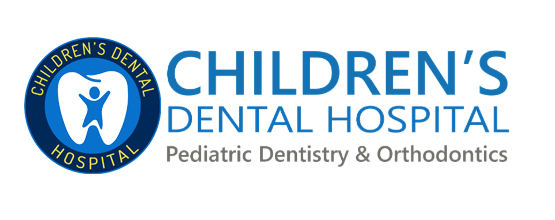
How Do Clear Braces Work?
Clear braces are made with translucent ceramic. The backbone of these braces is called the “arch wire” which runs along the teeth in a jaw. The arch wire is a strong steel wire which puts pressure on the teeth in the intended direction with brackets on the individual teeth. The brackets are attached to the teeth with orthodontic bands, or they are directly cemented. Spacers are used to make space in between the teeth for the orthodontic bands. If a patient is does not like the metallic look of the stainless-steel wire, frosted or colored wires can also be used. Ceramic braces can be used for children, teens, and adults.
Invisalign Clear Braces – for patients who prefer not to wear braces on their teeth, we are able to offer Invisalign clear aligners. These are removable sets of clear plastic aligners for both the upper jaw and the lower jaw, they are created to put force on the teeth while being worn. New sets of aligners are provided to the patients for every two weeks until the teeth are properly straightened. Then, the final set of aligners work as a retainer for a few months, this prevents the teeth from moving. Invisalign can be used for adults and teens. Read more about our Children’s Dental Hospital: Invisalign Center here.
Ceramic Invisible Braces – We also provide ceramic braces for kids, teens, and adults. They are comprised of tooth-colored brackets, tooth-colored bands and an arch wire. It may be possible to get brackets with colors that match your natural teeth. Colored bands can also be used with adolescent and teenage patients. The metallic archwire for the ceramic braces is coated with a tooth-colored material for pleasing looks.
- Benefits of Ceramic Braces – Appealing aesthetics.
- Disadvantages of Ceramic Braces – Not as efficient as traditional metal braces when it comes to moving and aligning teeth. Another drawback is that they can be more costly when compared to standard braces. Also ceramic braces can easily be stained if oral hygiene is poor.
Learn more about ceramic clear braces here.
Lingual Braces – most patients would prefer not to have their braces be visible to others. We offer lingual braces which are attached to the inner, or lingual surfaces of the teeth so they can’t be seen as easily. Lingual braces have a similar design as traditional and clear braces; they have slots where the archwire passes through. The archwire needs to be adjusted frequently to ensure your teeth properly align. Lingual braces are able to be used by patients of all ages.
- Advantages of Lingual Braces – Lingual braces can not be seen by the naked eye.
- Disadvantage of Lingual Braces – Due to their lingual position, cleaning can be difficult. The brackets and the archwire can hinder the movement of the tongue and may alter speech and mastication. Also, adjustments take a longer time to take effect and can their location can possibly cause injury to your tongue and other soft tissues.
To learn more about lingual braces, check out our Lingual Braces page.
Invisalign Aligners for the Adolescent Patients
Initially, aligners were not provided to kids of growing age and pediatric patients. The shells would obstruct the eruption of new permanent teeth in the mouth, eg, the wisdom teeth. However, due to the demand for the aligners for adolescents, a newer design has breakable tabs where teeth are expected to come in during the period when the aligners are being worn.
- Advantages of Invisalign Aligners – Invisalign aligners can not be seen by the observer. Also, they are removable so eating and maintaining your dental health is not difficult.
- Disadvantages of Invisalign Aligners – Invisalign aligners are not as effective at straightening your teeth as traditional braces. They can’t be used for complicated orthodontic issues like cross bites, deep bites or overbites. Their cost is typically the highest among all orthodontic treatment choices which may also be considered a disadvantage.
Learn more about Invisalign for Teens here.
Traditional Metal Braces – Metal braces were among the first devices to be introduced in dentistry for treating orthodontic issues; traditional metal braces are made with high quality stainless steel alloys, and secured to the teeth using special adhesive cements. It has specified slots where the archwire passes through. The archwire is in turn secured to the brackets with the help of rubber elastics, or “ties”.
- Advantages of Metal Braces – metal braces give the orthodontists excellent control for moving and aligning teeth. They can be used to treat extreme orthodontic cases, which are otherwise not possible with other orthodontic options.
- Disadvantages of Metal Braces – perhaps, the most clear disadvantage of the metal braces is their metallic appearance. Also they carry higher chances of soft tissue injury in case of collision or trauma.
If you are looking for more information about traditional metal braces for kids and adolescents, click here to view the Orthodontics page.

